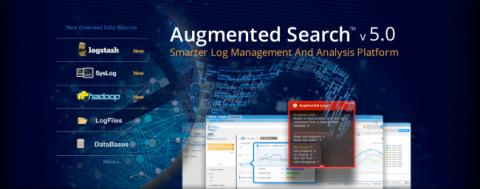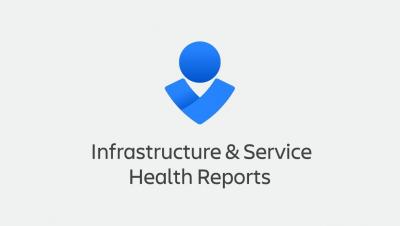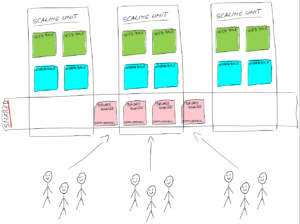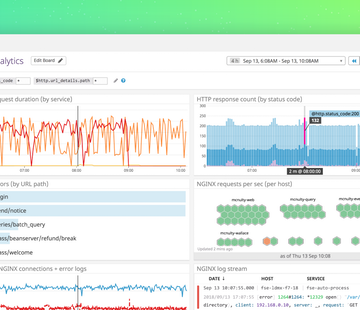Operations | Monitoring | ITSM | DevOps | Cloud
Analytics
How to Monitor Azure Services with Sumo Logic
This week at the Microsoft Ignite, we unveiled two new Sumo Logic applications for Microsoft Azure services — Azure SQL Database and Azure Active Directory — and two new native integrations with Azure Monitor and Blob Storage. As a cloud-native company, our goal at Sumo Logic is to give our customers the flexibility to create digital IT and DevOps initiatives that leverage multi-cloud deployments in Amazon Web Services (AWS), Google Cloud Platform (GCP) and Microsoft Azure.
ITOA - make IT simple with XpoLog
ITOA becomes very manageable and simple with XpoLog log management tool. This post will focus on methods the team here at XpoLog uses to manage unstructured IT log data and visualization using smart tagging techniques.
Cloud Complexity Management, a New Need for 2019
Grafana as a Yet Another Tool for Technical Monitoring of Software Products We Build
One more article in Logicify Monitoring Tools series talks about Grafana, a software we use both for internal and external projects to visualize and analyze the data. The article could be of interest to CTOs, developers and DevOps, system administrators and Project Managers, and everyone interested.
Infrastructure & Service Health Reports in OpsGenie
timeShift(GrafanaBuzz, 1w) Issue 61
This week we share articles covering Grafana’s alpha Explore UI, the many ways Logicify uses Grafana, building your own centralized monitoring stack, and more.
Grafana's Explore UI: Taking a Deeper Dive into Data with Prometheus Queries
When there’s an incident, Grafana is often the starting point for figuring out a response. Users look at a time series panel and form a hypothesis. And in many situations, they’d like to dive deeper. To help make that easier, Grafana Labs has created the Explore UI, which allows you to iterate quickly through Prometheus queries, while leaving your dashboards intact.
Honeycomb vs Elastic Stack: It's about priorities
If you’ve been paying attention, you know that although collecting and reviewing metrics and logs is a core part of running a stable and successful service, access to raw events and the ability to search and pivot on any dimension of your production environment, no matter how high-cardinality, is what will help your team debug and troubleshoot new problems and outages more quickly.
Log analytics and dashboarding in Datadog
Achieving optimal performance can be challenging when you depend on separate platforms to monitor service health and to manage your logs. When data about your systems is spread across multiple platforms, investigating issues—and ultimately resolving them—takes longer and requires expertise with more tools. It takes more effort to identify real customer impact, as well as to verify that your responses to an incident are having the desired effect.











